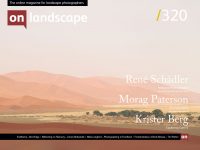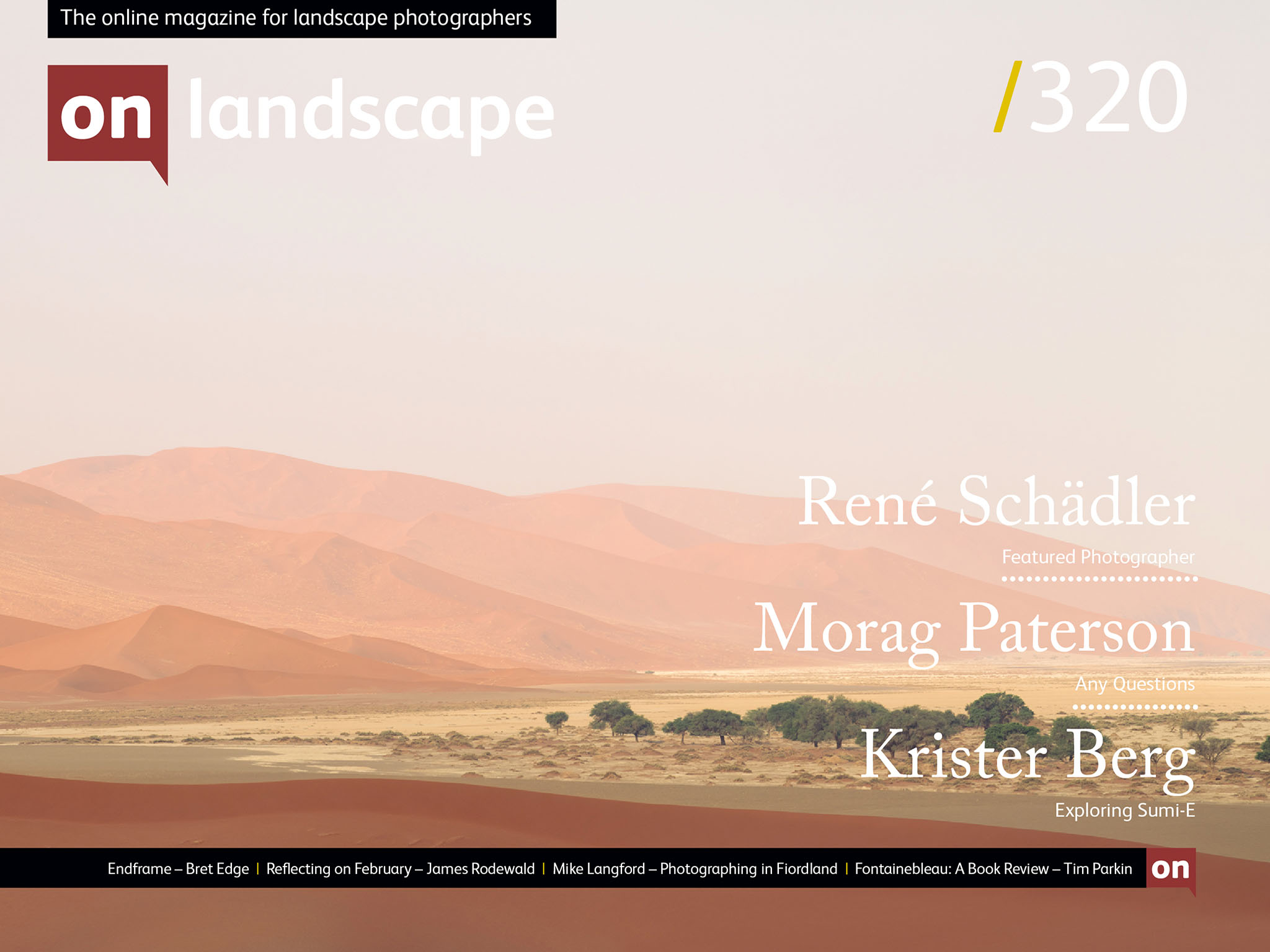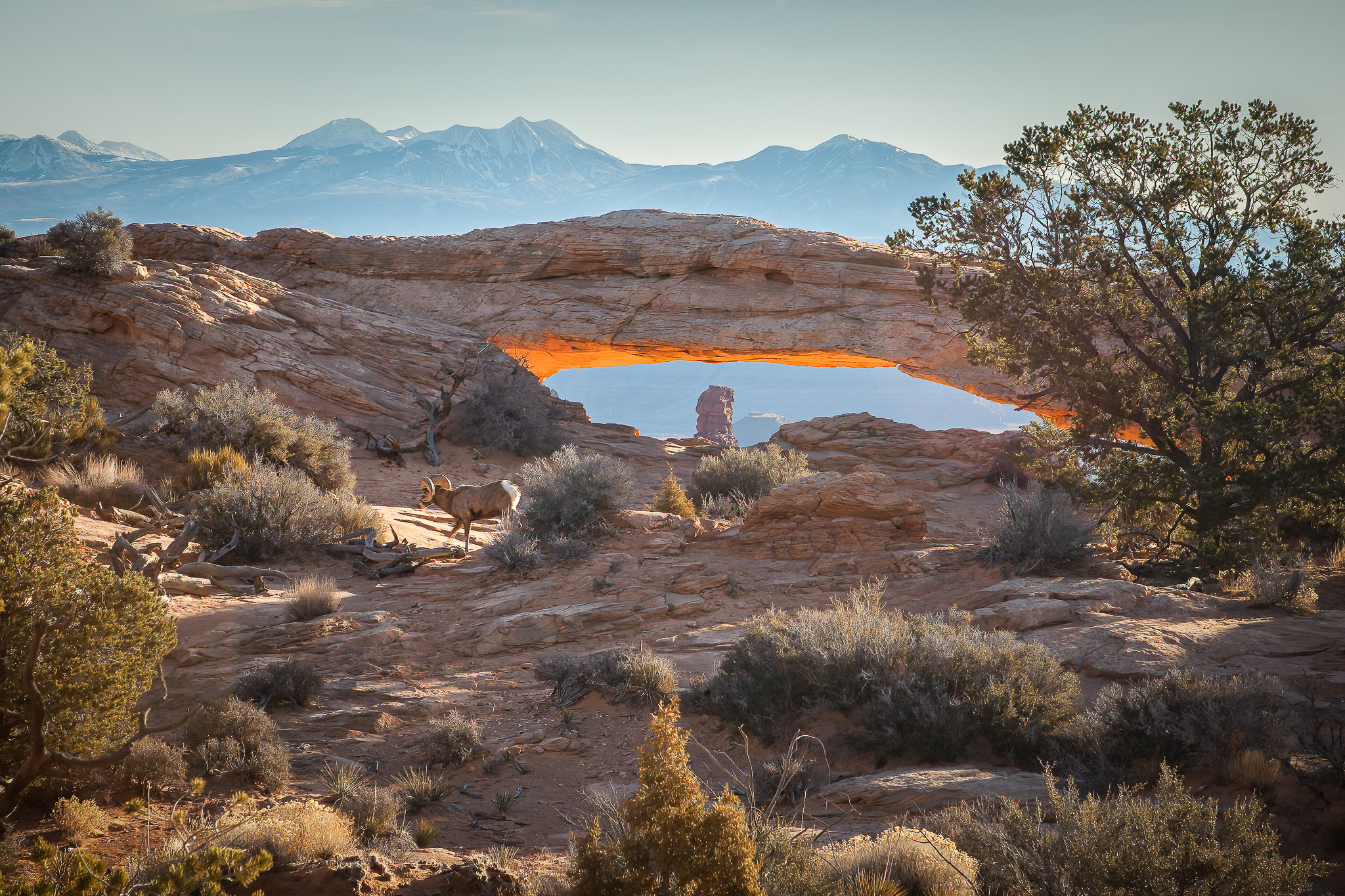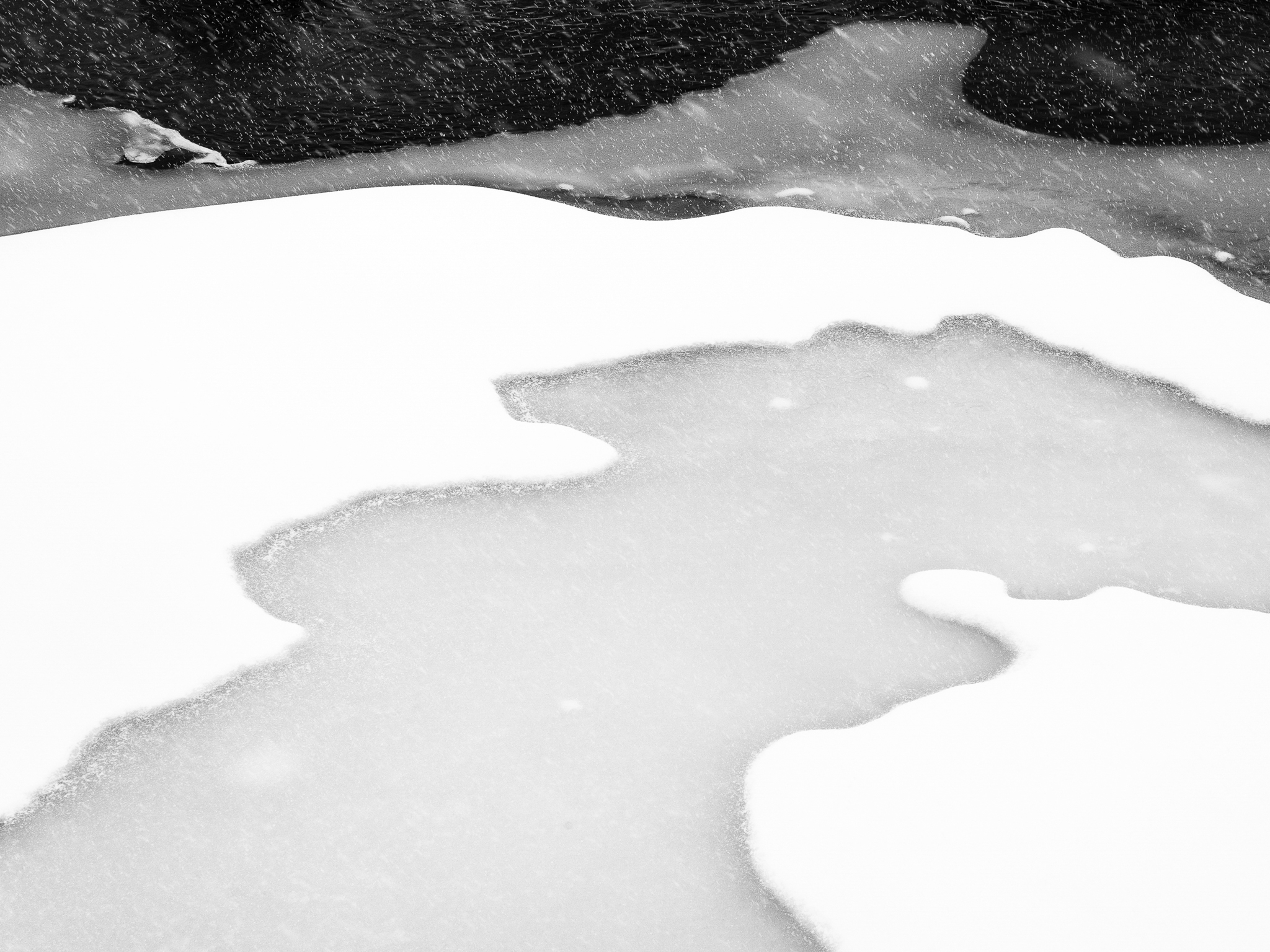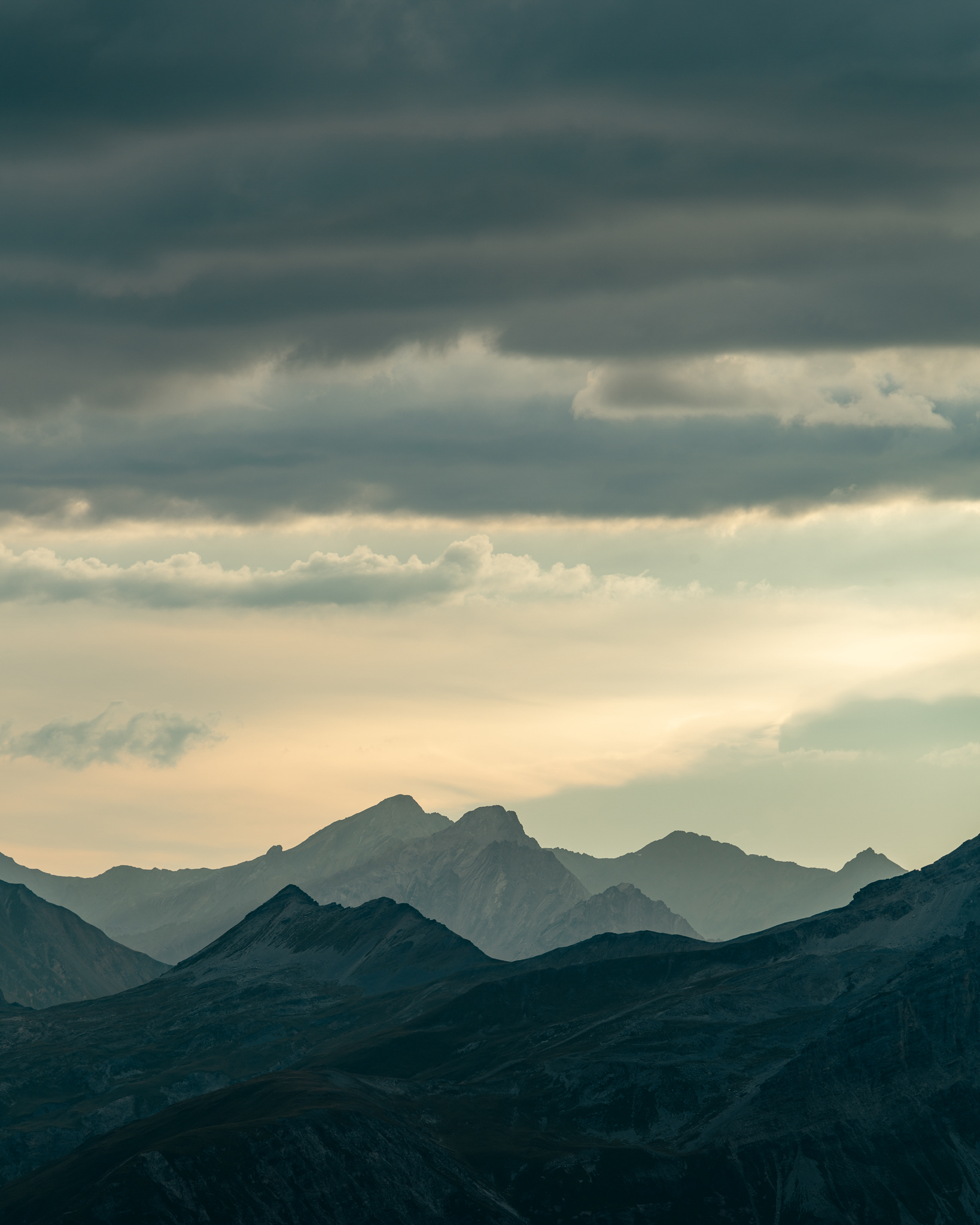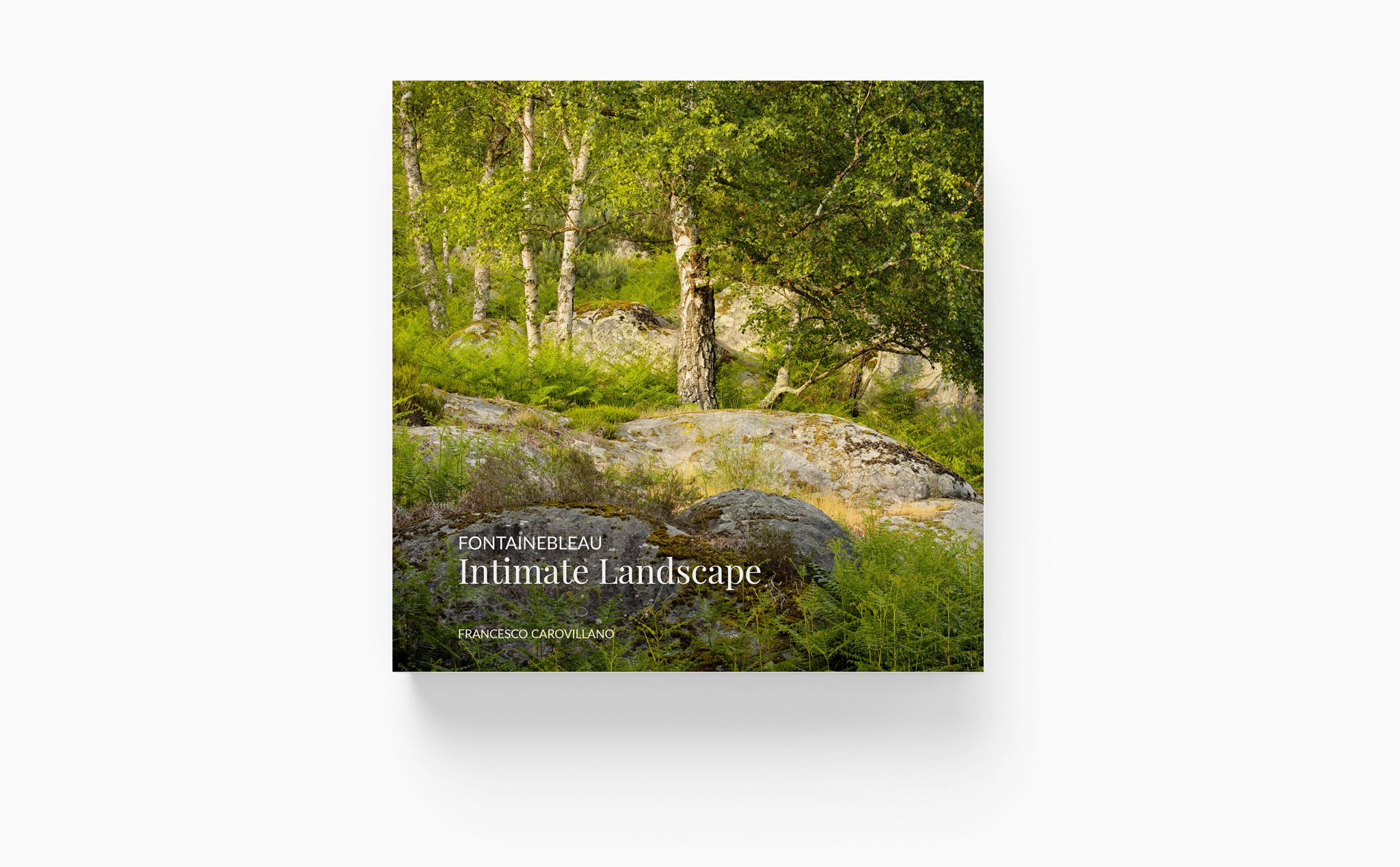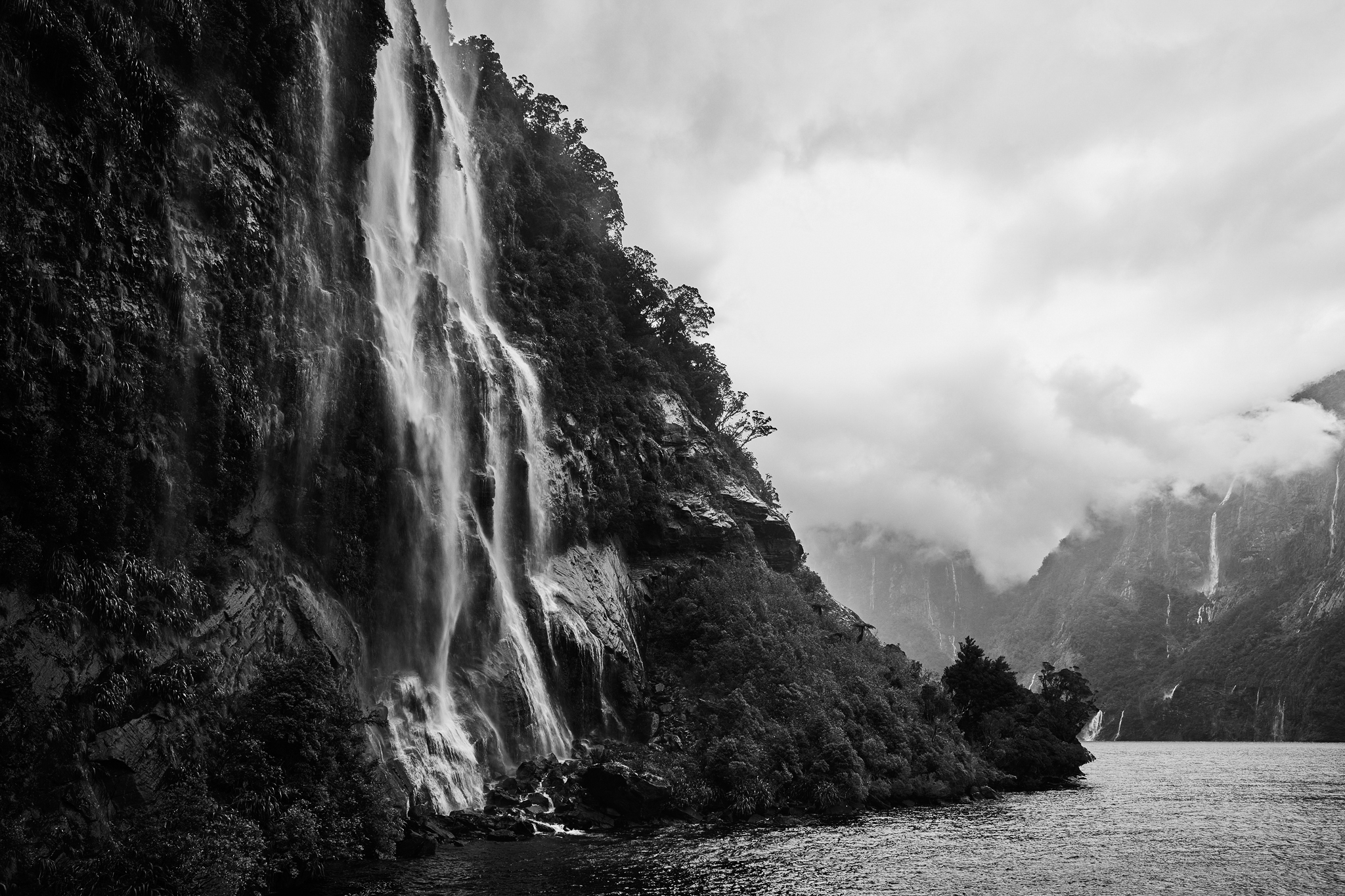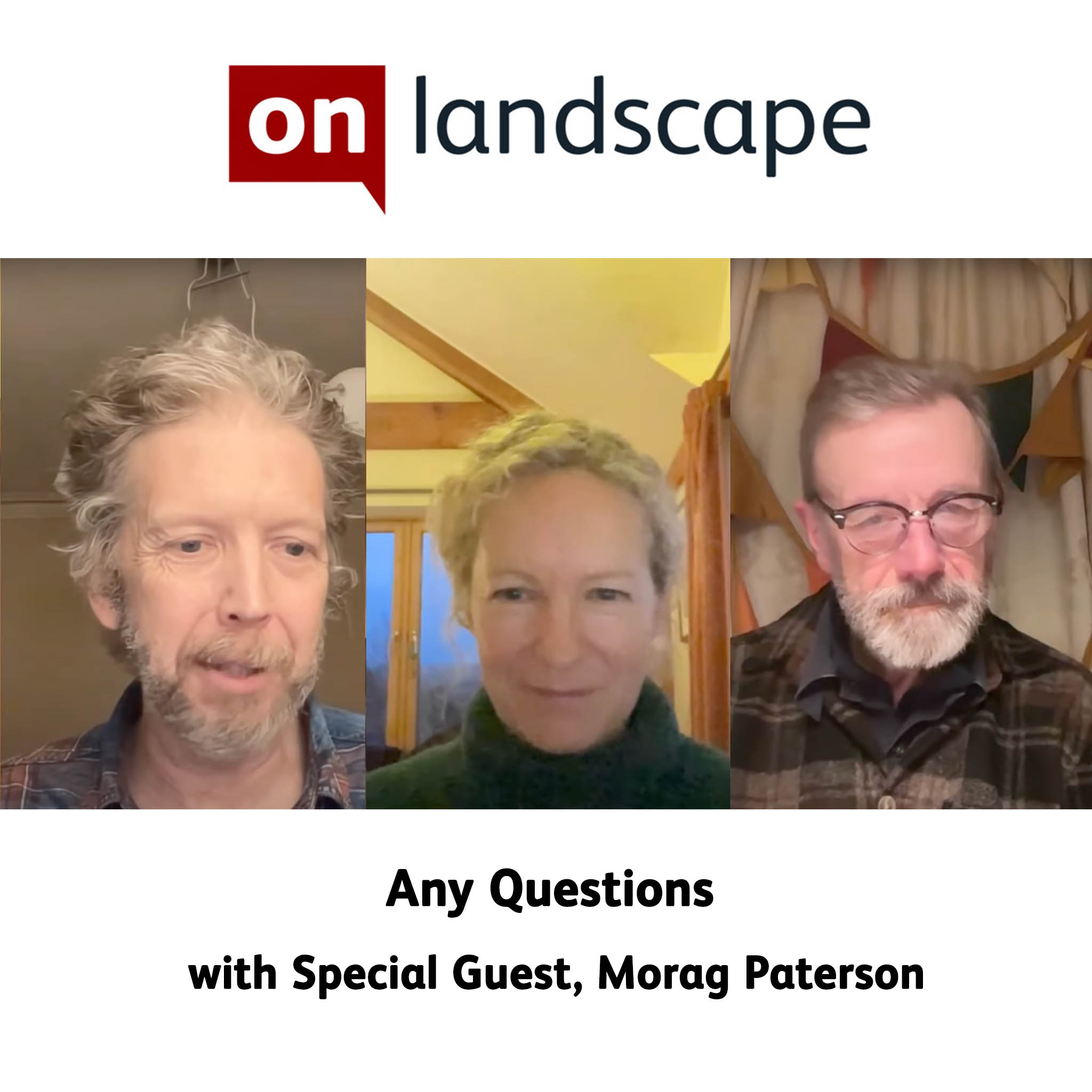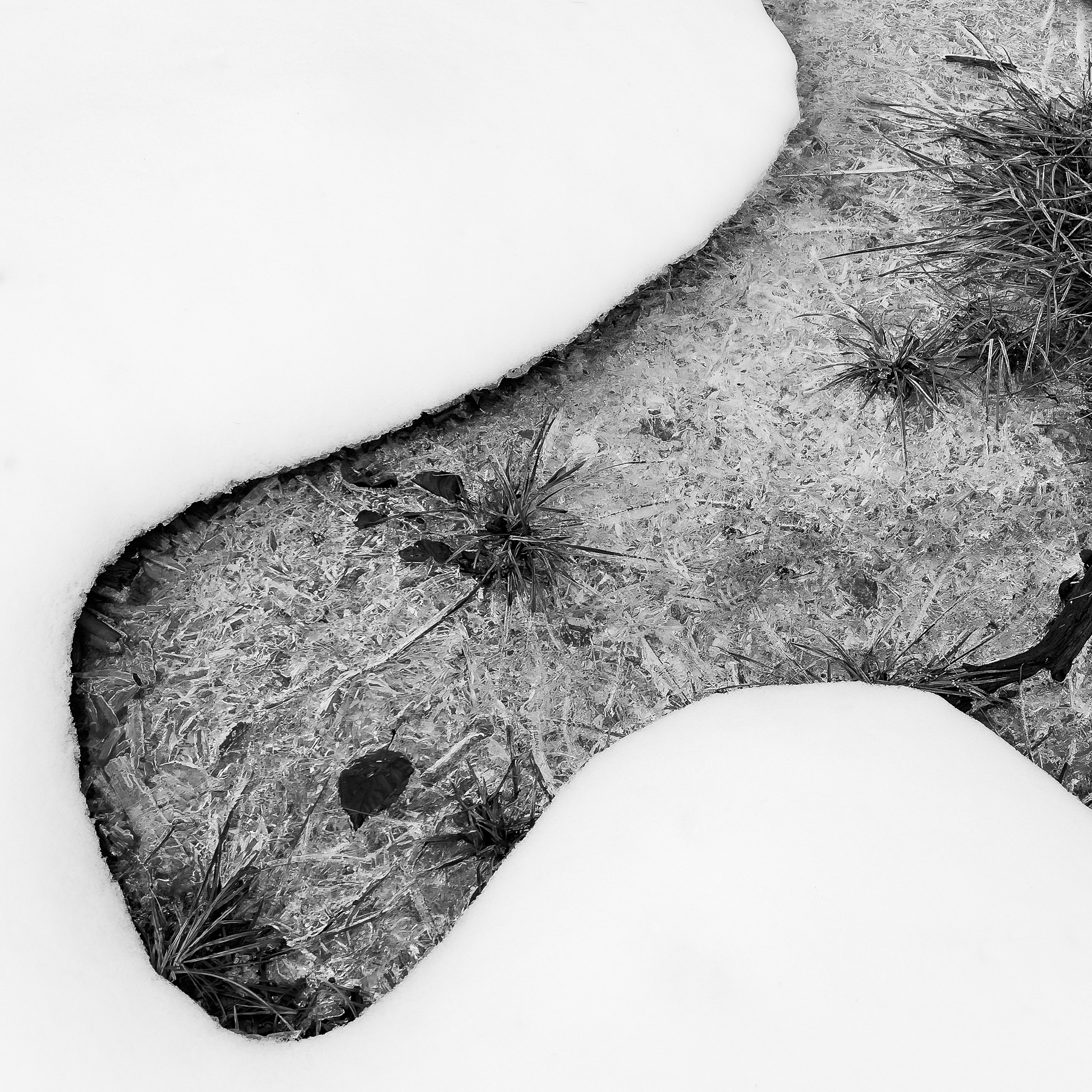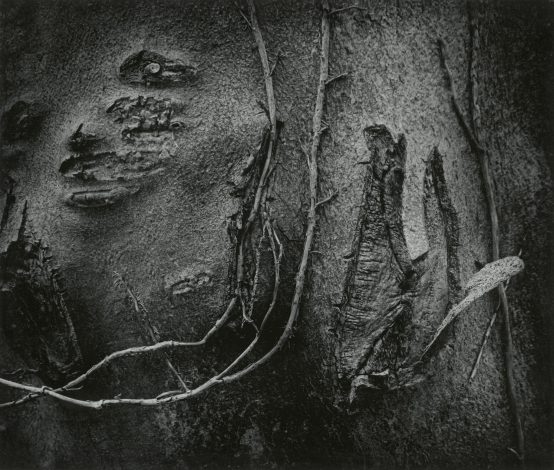sponsored by ..


A few years ago, John Blakemore invited me to his house to talk over a few of his newly created one-off books that had been taken inside his house and garden. I took a camera over and offered to make photo reproductions of them for him, and we spent a couple of sessions, across two days, chatting about photography, darkroom practice, those books and more.
At the end of taking the photos of his books, he said, “I should give you a print!” and he wouldn’t take no for an answer. He said he’d recently found an old box of prints in his attic. He brought them down to his lounge and said pick one!
I recognised quite a few prints from his first landscape exhibition and thought it wrong to choose one of those. I found an interesting woodland print that I hadn’t seen before and showed it to John. He made an overly dramatic scene (with that twinkle in his eye) about it being an unlucky photograph that he didn’t want me to have and then went through and picked out another and said, “I think you should have this one”. I was told later that the print was the showcase photograph from his first exhibition of landscape work in 1972, where he developed his first ideas around landscape as a metaphor. The print was called “Wounds of Trees”; I’ve reproduced it below.
I recall this anecdote as it demonstrates John's surprising generosity and lack of ego, which nearly everyone who has spent time with him will attest to. Many others and I have similar stories, from our hosting John at the Meeting of Minds conference to the workshops run with Paul Hill in the Peak District. He was always positive, pleasant to talk to and with a humorous undercurrent to his anecdotes that never let any conversation stay serious for too long.
John passed away in January at the age of 88, having influenced thousands of photographers and touched so many lives. We’re trying to put together a suitable retrospective of his work for an upcoming issue. Still, until then, this interview with John, conducted when he deposited his works in Birmingham, is a good way to remind us of what he was like.
Tim Parkin

Issue 320
Click here to download issue 320 (high quality, 172Mb) Click here to download issue 320 (smaller download, 145Mb) more

End frame: Big Horn Sheep and Mesa Arch, Canyonlands National Park by Whit Richardson
On the day Whit made this image, he arrived early and photographed sunrise from these more conventional perspectives. After some time close to the arch, he walked farther back to experiment with compositions at a distance. more

Exploring Sumi-E
These three techniques—Sumi-e, Negative Space, and black-and-white photography—have inspired a series of images that can really only be created during snow-rich winters. more

René Schädler
At such moments, I stretch out my arms and take a deep breath, trying to anchor the indescribable feeling of vastness and stillness within me and - as best I can - transfer it to the picture. more

Fontainebleau – Intimate Landscape: A Book Review
If there is a single place that could be considered the home of the modern landscape, I’d have to choose Fontainebleau. Note that I say landscape and not landscape photography ... more

Photographing in Fiordland National Park of New Zealand
It's the being here that does this for me, tucked away in a very small corner of the most wonderful part of the planet, deep in the very heart of Te Wahipounamu, 'Fiordland National Park' in the South West of New Zealand. more

Any Questions, with special guest Morag Paterson
The discussion delves into the fascinating intersection of art, science, and community engagement, particularly in the context of forest ecosystems. more

Reflecting on February
Maybe my experience could help others in their own creative journey? Maybe my words could help someone who is also struggling with pain? more

